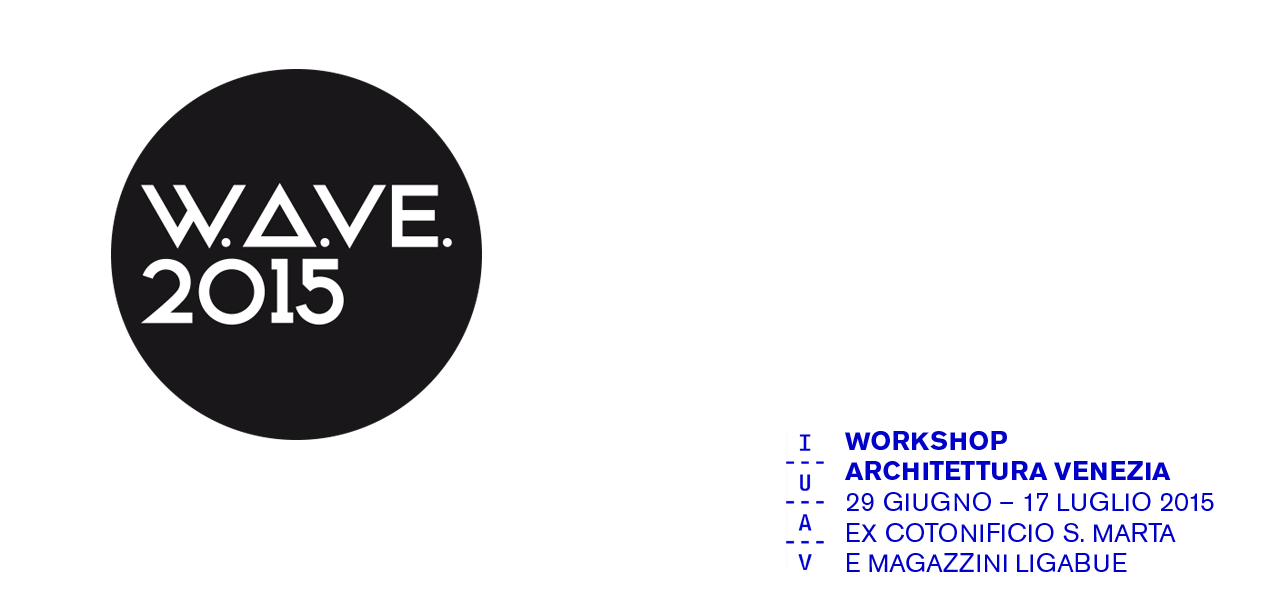Professor
Sebastian Irarrazaval [CL]
EN // We can affirm that heritage is an important source of identity and that nowadays soccer, more than religion, nationality and heritage, for millions represent probably the most important font where identity springs.
Venice needs a new soccer stadium and the workshop will address that challenge. It will be located in the actual site of Pierluigi Pensz Stadium – the home of Unione Venezia – who takes his name, not coincidentally, from World War I pilot Pier Luigi Penzo. The site is in Sant’Elena, close to Arsenale, a well-known defensive enclave in Venice marked by a strong military heritage.
Soccer, like many other sports, is built under the metaphor of war. Adversaries are considered enemies. Territories need to be defended or conquered. Victories are celebrated like battles and players are treated like war heroes.
Given all the above mentioned (its name, the site character and the war simulacra that takes place within stadium’s borders) the workshop will seek inspiration in the design strategies inherited from the military architecture and our field of research will therefore include fortresses, bunkers, trenches, buttresses and defensive towers.
Students are expected to translate the discoveries to the project and respond to questions such as: How do defence and attack mould the plan and the section? How to define the borders of the space through mass and the resulting deepness of the voids carved on it? How to articulate the building with the territory by a double condition of dominance and introspection? And finally, which role do towers play in the overall composition, assuming that the new stadium will necessarily require lighting towers that will interact with the skyline of Venice?
The translation of the responses to the above questions into the project is expected not only to root the new to the site, its use and cultural context, but also to produce innovation and a new reality starting from war heritage.
IT // Possiamo affermare che il patrimonio costituisca un importante veicolo di identità, e che ai nostri giorni il calcio, ancor più della religione, della nazionalità e del patrimonio rappresenti probabilmente la principale delle fonti da cui l’identità scaturisce.
Venezia necessita di un nuovo stadio da calcio, e il workshop affronterà questa sfida. Esso si situerà presso l’attuale Stadio Pierluigi Penzo – sede di Unione Venezia – che, non a caso, prende il nome dal pilota della 1a Guerra Mondiale Pierluigi Penzo. Il contesto è quello di Sant’Elena, vicino all’Arsenale, un presidio difensivo di Venezia notoriamente caratterizzato da una forte presenza militare.
Il calcio, come molti altri sport, è basato su una metafora di guerra. Gli avversari sono considerati nemici. I territori vanno difesi o conquistati. Le vittorie sono celebrate come accade nelle battaglie, e i giocatori sono trattati come eroi di guerra.
A partire dalle caratteristiche precedentemente menzionate (il nome, il carattere del sito e i simulacri di guerra che hanno luogo all’interno dei confini degli stadi), il workshop trarrà ispirazione dalle strategie progettuali ereditate dall’architettura militare, ed è per questo che il nostro ambito di ricerca includerà fortezze, bunker, trincee, contrafforti e torri difensive.
Gli studenti saranno chiamati a tradurre le proprie scoperte all’interno del progetto, rispondendo a domande quali: in che modo le dinamiche di attacco e difesa plasmano le piante e le sezioni? Come definire, attraverso la massa, i confini dello spazio e la risultante profondità dei vuoti scavati in essa? Come articolare la relazione dell’edificio con il territorio tramite una duplice condizione di dominanza e introspezione? E infine, che ruolo giocano le torri nella composizione complessiva, in considerazione del fatto che il nuovo stadio richiederà necessariamente la presenza di torri-faro destinate a interagire con lo skyline di Venezia?
La traduzione delle risposte a tali domande all’interno del progetto è richiesta non solo in funzione di un adattamento del sito, della sua funzione e del suo contesto culturale a nuove esigenze ma anche per produrre innovazione e una nuova realtà a partire dai patrimoni di guerra.

